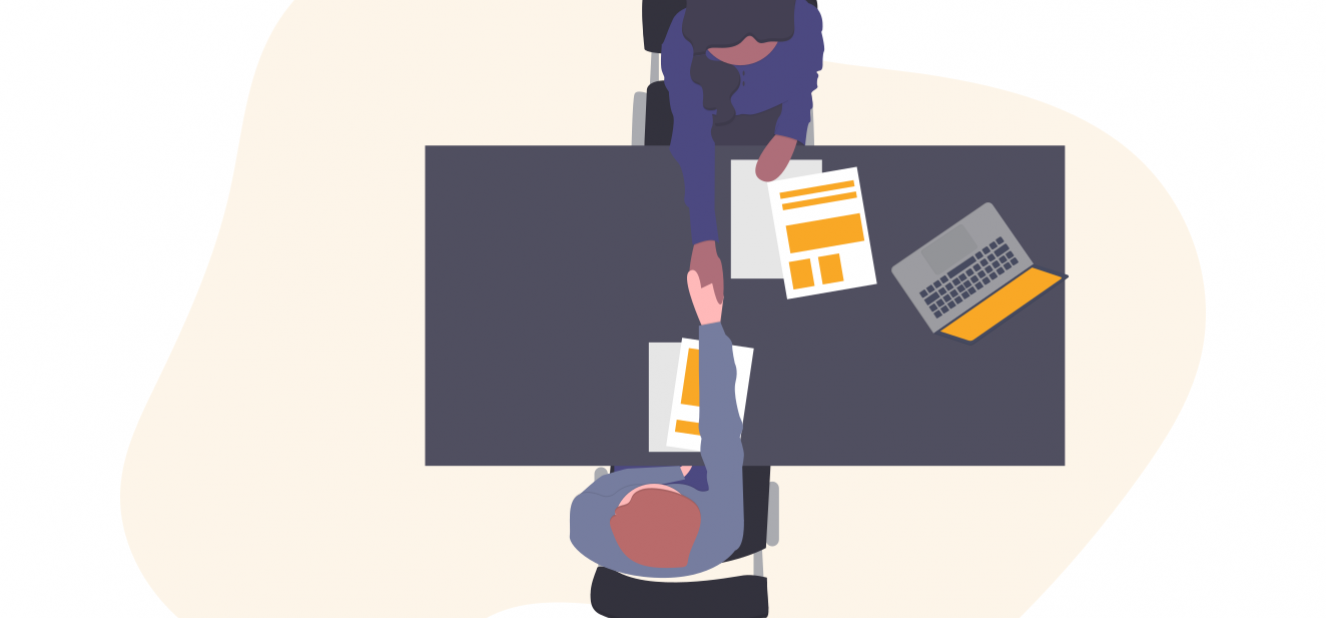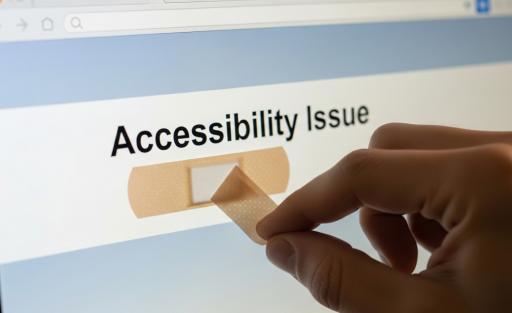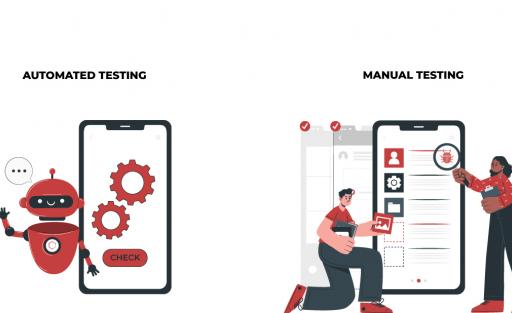Confessions of an interviewer: Why user / customer interviews are not that easy

During the last three months, theUXProdigy delivered an online UX training program for the product team of a big insurance company. I was one of the instructors and our last session was dedicated to Q & A and free discussion on challenges that product team members face. To my surprise, one of the team members said, “I don’t know if this sounds stupid but the most challenging project for me was the one of conducting user interviews …”. One after the other, team members were sending thumps up icons to confirm that the most challenging project was conducting user interviews. And that was just the beginning of the story.
There is no need to say a lot about interviewing as a data-collection method. Probably one of the most important when it comes to customer and user experience. In brief, a good interviewer has the ability to create a space where the interviewees will feel safe so as to “open up” and share their experiences with their very own words. Never forget that the use of specific words does matter.
A good interviewer has the charisma to encourage people to share more of their experiences just by demonstrating enthusiasm and interest to people and their stories.
Last but not least, a good interviewer also owns the ability to get the most relevant data out of his/her interviewees yet within a limited amount of time. People do not enjoy interviews exceeding 45’. To sum up, a good interviewer is a skillful individual who builds rapport with his/her interviewees within a very limited period of time, who encourages people to share more of their experiences, as well as someone with strong time-management skills.
I have been doing interviews (for customers and users) for more than a decade in several settings. Let me share with you some of the basic rules:
Rule No1: Make open-ended questions!
After such a strong statement made by our trainee, I suddenly found myself in the position of the researcher rather than one of the course instructors. And what do researchers do most of the time? They ask “why?”. The open-ended question offered the necessary space for our trainee to say whatever she wanted to. It is worth mentioning at this point that rapport had been built during our courses.
“Why” questions are like opening a number of doors with just a single key!
And that was the point where the real party started. Because then a stream of precious data revealed how she experienced the role of interviewer. This is what we actually do as UX researchers, aren’t we?
Rule No2: Get rid of your preconceptions please …
The first challenge she mentioned was the difficulty to get rid of her preconceptions and she had a lot. Actually, this is the hardest part during the stages of interview guide design and the interview itself. She mentioned that she got answers she did not expect to and that such unexpected answers brought her to a weird position because they did not confirm her own experiences. Indeed, it is so difficult to get rid of our preconceptions especially if we have similar or even identical experiences. How easy is it to bear hearing someone that the filters of the product you designed with such care and meticulousness were not that usable? Not that easy. But, in case you did not know, you just hit a gold mine. This is the perfect time to set aside your preconceptions and actively listen to your user. Not yourself.
Rule No3: Avoid leading questions for God shake …
The second biggest challenge she mentioned was her difficulty to avoid leading questions in the course of her interviews though she had been trained to do so. In the light of unexpected answers, she got lost a bit because she designed most of the interview guide based on her own preconceptions. Such a false strategy led her to come up with a number of leading or even worse close-ended questions. So, stop asking leading questions like “As far as I can see it was the filters that bothered you from completing your task … why is that?”. In such a case you violate the fundamental principle of offering your participants enough space for sharing their own experiences not to mention you could irritate them. Asking leading questions is like speaking on behalf of them which is not respectful in many aspects. Close-ended questions are nice when you want to wrap up the interview and so you want to confirm a clue.
Rule No4: Listen, listen, and listen carefully to your interviewees
The third biggest challenge she shared with us was that there were times when she got “lost” while the interviewee was speaking. As a researcher who wanted to get the most insights out of her experience, I just asked her “Could you tell me more about that? I’d really like to know more …”. I had no interview guide in front of me. All I wanted was to know more. So, it was my research interest that led me to choose which path our interview should follow.
She mentioned that while her interviewee was speaking, she was trying to take some notes while having a look at the next question. This is the practice of an experienced rather than of a novice researcher. When we interview, we must pay great attention to the words used by our interviewees. Nothing else should distract us from that precious interaction. When you pay great attention to what’s been said, you have two key benefits:
- First, the interviewee feels that what he/she is sharing with us is important. Such a strategy contributes to building and maintaining rapport. It is reminded that rapport is the “can-opener” that will make our interviewees speak up.
- Second, when we are focused on what’s been said we can detect keywords and probe. For example, when your interviewees use strong words such as “tricky”, “complex”, “unusual” or “scary”, write down that word to your pad, and once they have finished ask them “what do you mean by saying complex?”.
Rule No5: Interviews is a “trial and error” constant learning process
Last but not least, our trainee caught herself making mistakes that she was aware she should not do. Even the most experienced UX researchers often find themselves making mistakes. The awareness that you just made a mistake is precious because you are making a big step towards mastering the art and technique of interviewing. To my interpretation, the fact that we, as experienced interviewers, caught ourselves making mistakes, reveals that high-quality interviews demand discipline and self-control. There are hundreds of books and articles out there like ours trying to sharpen your interview skills. However, neither course nor articles will make you a professional interviewer: Hands-on experiences will do.
To sum up:
- No trust, no fruitful interview.
- Ask open-ended questions (why, what, and how) all the time.
- Don’t ever ask leading questions.
- People don’t like long interviews. Come up with 5-6 key questions. Don’t forget these questions will give you the opportunity to ask more questions.
- Focus on your interviewee, not on your interview guide. If you are not an experienced interviewer, prefer recording over note-taking once you’ve got participants’ permission.
- Close-ended questions are fine if you want to make sure that you are on the same page with your interviewee.
- I know that it’s hard, but don’t enter the room with all your preconceptions. Get in there as a learner, not as an expert. Nevertheless, this is why you are there i.e. to learn.
- Reading and studying interview techniques is necessary but only practice will make you a pro interviewer.
Happy reading and keep on UXing!




